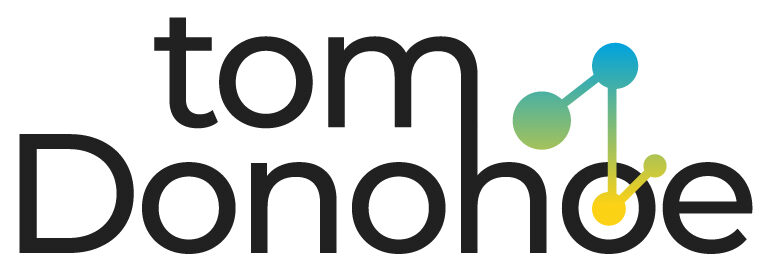Year-End Accounting Checklist for Small Businesses

Similar to how you develop checklists to ensure you don’t get distracted from crucial tasks, you require an annual list of your accounting for the company.
You must do many things to ensure a smooth transition towards the beginning of the New Year, from closing your books to planning your budget and tax preparation.
To ensure that you can your year-end financial checklist, be sure to of your company’s finances throughout the year.
This is accomplished by keeping accurate and current financial records month-to-month.
This keeps you up-to-date on your profits or losses and gives you an entire financial picture of your company by the end of the year.
If you decide to outsource your accounting for small businesses or do it yourself, a year-end bookkeeping checklist for your business could save you time, money, and headaches later.
Creating an annual accounting checklist can be daunting, overwhelming, or dull.
How you conduct yourself at the end of the year sets the stage for the coming year.
Do you file taxes? How about budgeting? Do you have contractors or employees that are paid throughout the year?
It would be best if you did not ignore the importance of making and executing an annual accounting checklist for many crucial reasons.
You don’t want to miss any information that may cost you later!
Let’s look at the seven-year-end checklist of accounting items to help get your business off to a perfect start in the new year.
Make Sure Your Bookkeeping is Updated and Accurate
The first thing on your year-end financial checklist is to ensure that the bookkeeping records are updated.
You may have let one month (or months) pass through, but the end of the year is the perfect time to get caught up and tie loose ends.
To ensure that your records are accurate, it is recommended to ensure that you reconcile every credit or bank card statement to the one in your financial books.
This is a guaranteed method of catching any transactions that could be double-counted or not recorded.
After your accounts are updated, You should go through every financial statement tab to ensure that the amounts are accurate and reflect the totality of your transactions during the entire year.
For instance, if you pay $700 for office rent each month, your income statement only shows $1,400 of rent expense; it is undoubtedly a red flag.
If you have reconciled all of your credit card or bank statements, this indicates some transactions are not correctly classified.
There are instances where financial statements are exaggerated, which means that the value of the information is showing a higher amount than the amount you paid for.
Check each line item of your balance sheet and income statement and examine the transactions on each account to ensure they are accurate.
It’s possible to find items that were classified incorrectly.
Reflect on a High Level
As an owner of a business, It is easy to get caught up in your company’s day-to-day activities.
You check your email, process orders, meet with clients, discuss deals, and the list continues.
But, it’s essential not to lose sight of your goals and think about your actions that have been taken or are not aligning your business with your goals.
The end of the year is a good moment to think about the past. You can see things from a complete circle perspective that can help you on the right or wrong choices you’ve made.
What could you have done better? What could you do to improve? What goals have you achieved?
The answers to these questions can help you make and keep making profitable business decisions for the future.
This is why reviewing the year’s highlights should be on your annual financial checklist.
Set SMART Goals
Goal setting is a crucial aspect of growing your business. The year-end is the perfect opportunity to set goals.
The right goals can keep you motivated and on track. What are the best plans? Your goals must be sensible.
Specific. Specific goals are clear and leave no space for interpretation. Because detailed plans are specified, they will direct your business.
For instance, “I want to cut labor costs by 5% compared to this year” is a particular goal
Measurable. Measurable goals can be quantified using numbers, such as specific numbers or percentages. “I want to cut labor costs by 5% compared to this year.”
Attainable. Attainable goals can be achieved and are within the possible range. Making difficult but doable targets can be advantageous.
Important. Goals that are relevant focus on what is crucial. The plans should be focused on enhancing weak areas or increasing strengths.
Timely. Also, your goals should be time-bound. They should be timed with a deadline. Otherwise, you’ll have to spend much time trying to reach only one objective.
A goal that is too short-term might not be able to reach its destination, while one that is too far from the present could be discarded. Instead, establish annual or quarterly plans.





